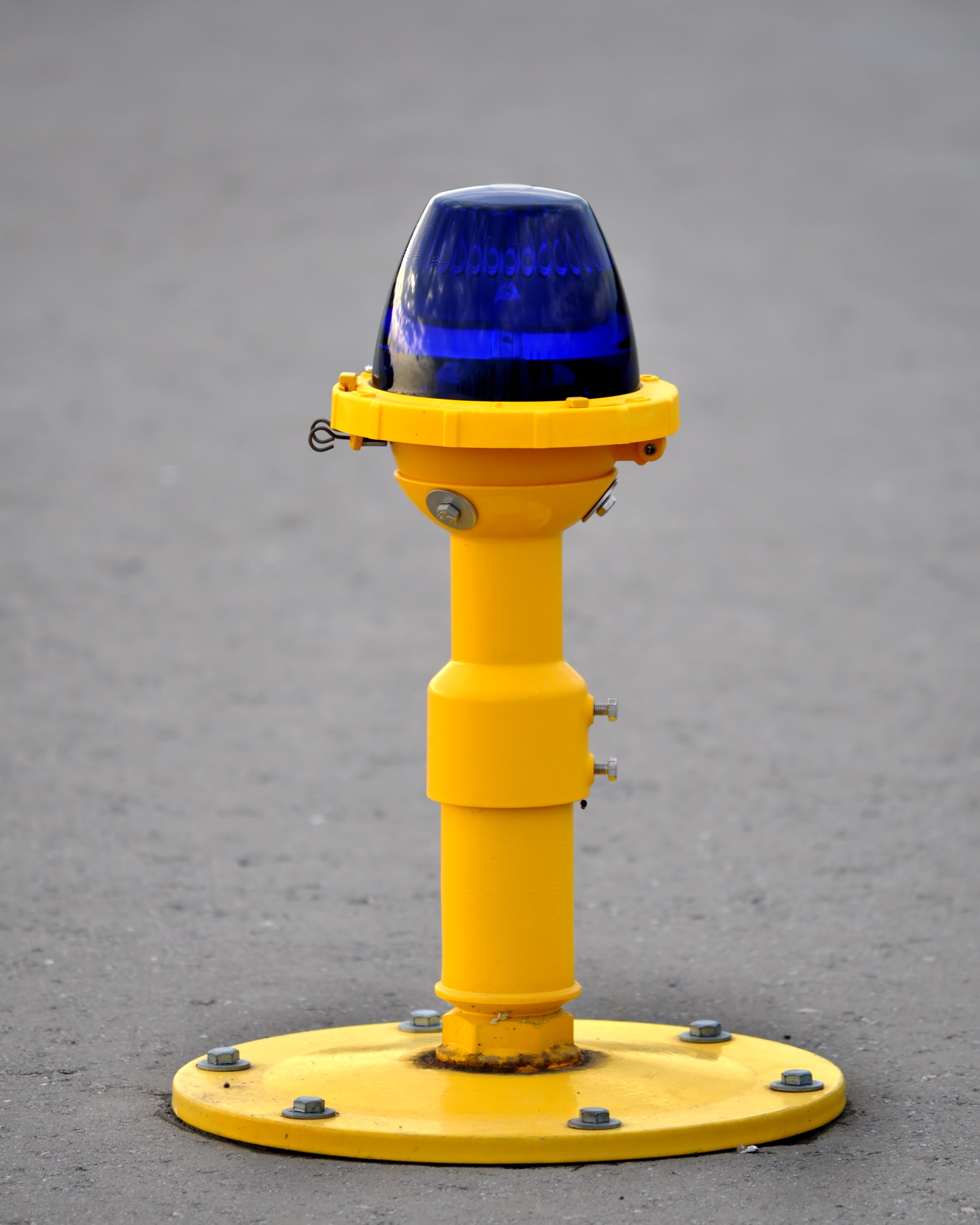Is Your Organisation a Plane Crash, or a Car Crash Organisation
Plane crashes are rare, so when they happen, they make the news. Authorities ensure that crashes are thoroughly investigated, causes established and that something is done to prevent them in future. Car crashes, however, are treated differently. While they sometimes will make news, we do not investigate much, neither are resources invested to ensure they are eliminated completely. We assume that car crashes are the price we pay for convenient transportation. In fact, we commonly refer to car crashes as “road accidents”. They are an “oops!”
In this episode of the Impact Podcast, they compare how two hospitals in America (John’s Hopkins and Lucile Packard Children’s Hospital) handled central line infections. These are infections which are/were considered quite common in medicine, despite the fact that they lead to hundreds of thousands of deaths each year. However, after a child, Josie King, died of a central line infection at Johns Hopkins, Peter Pronovost a critical care doctor got thinking about the fatalism and if these infections and deaths could be prevented. On studying research in the area, he discovered that there were recommendations on how to prevent central line infections. Hospitals had just ignored these guidelines because deaths from central line infections were like car crashes – the cost of medical care. Provonost, with the support of the hospital, set out to make simple but effective changes that saw the rate of infections drop by 70% within the first 6 months and continue to drop. The other hospital (at first) gave the car crash explanation to a mother who lost her child to a central line infection, “It is unfortunate that your child is dead, we did all that we could but these things happen”. I am paraphrasing here. They got sued, settled out of court and eventually saw the light, but their approach was the typical response when organisations that do not care about their customers mess up.
When mistakes happen in your organization, what is your approach? Often, we give our customers the plane crash explanation but a car crash treatment “we regret the mistake/outage/overcharge/loss, we will do everything we can to resolve the issue”. Or the full car crash treatment “we apologize for the inconvenience, but this is our process”. We hope that at some point the customer will stop complaining.
Think about your internet service provider, mobile operator, power company, water supplier, the school your child goes to, the hospital you regularly go to? Do you get the feeling that they handle mistakes as plane crashes or car accidents?
I suspect most are car crash organizations. All customers complain about the same things over and over, until they either leave or they get tired. Where customers have little choice, they stick around while complaining, until a competitor shows up and the company resorts to literally begging them to stay.
I am looking at a Kenyan internet service provider most of us have experienced and is now steadily losing market share.
When I listened to that Podcast, I felt challenged by a number of things that plane crash organisations do, those car crash organizations do not:
1. They are genuinely distressed about their customers’ distress. This is not only at the customer service front but at the core of the institution. When mistakes keep recurring, everyone in the organization commits to working to eliminate or at least reduce those mistakes. At Johns Hopkins, everyone right from the top had to be involved in making the changes that were necessary to reduce central line infections. This speaks to institutional concern that most organisations do not apply to customer problems.
2. They take time to study the problem. Often, institutional mistakes, even when caused by human error are as a result of a systemic failure in the organisation. Either the organisation has not set up the systems necessary to reduce human error, or it has the systems but they are not being adhered to. In addition to this, there are very few unique problems in organisations. If you are experiencing a problem, another organisation probably has too and has resolved it. plane crash organisations take time to diagnose the problem right at the core, learn from best practice and set up systems that work.
3. They design solutions that deal with the systemic problem. Every so often, you will see an announcement, that Company XYZ has invested in a “state of the art customer care centre”. This amuses me so, because while taking customer calls is important, what customers care the most is the organization resolving the systemic problems that cause them to call the customer service centre in the first place. Customers do not enjoy making these calls. Plane crash organizations do not view customer service as a solution to be proud of. Customer service is just a tool, to support the solutions they have invested in, to resolve mistakes. How come our companies do not publish their problem resolution stats, or customer calls stats to show us how they are doing on ensuring customers do not keep calling? That would be better than a photo op at the snazzy customer care centre.
4. They upset egos if it will benefit the customers. Implementing changes at Johns Hopkins did not happen without causing bruises. Nurses were expected to check on and correct doctors who did not follow procedure. Because of hospital pecking orders, this of course resulted in hurt egos and uprising from doctors who did not feel they should answer to nurses. Guess what? This did not derail the program. “Do No Harm” superseded egos. It is not uncommon for customer problems to remain unsolved because of a key decision maker’s ego. Where people below them can see the problem and know how to solve it, but because of the rank, they do not have the courage to propose the problem, or when they do, the boss blocks it. Do your staff have to work around you to get their jobs done? Do they have to “handle” your ego because they know you block ideas that did not come from you? If so, then you are most likely running a car crash organisation.
5. They measure progress and keep constantly improving themselves. In this age of fancy customer service solutions, it is possible to measure how well you are doing at resolving customer problems. Plane crash organisations own the results completely. It is not the responsibility of one or two managers to keep the customer complaints low, but the entire organisation. Every department will have a key performance indicator (KPI) that relates to reducing customer problems, and this measure is checked every so often and corrections made.
What kind of organisation are you running / working in? Would you consider it a plane crash or a car crash organisation?





2 Comments